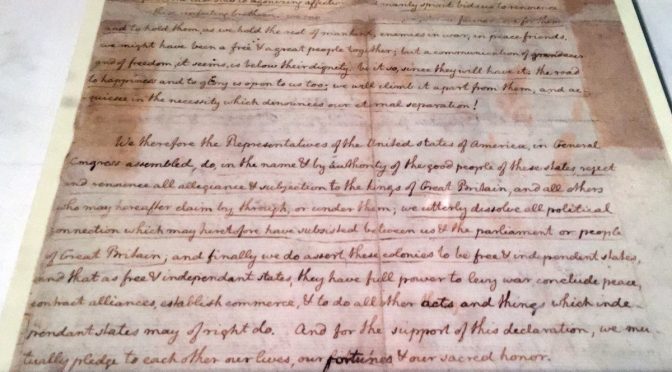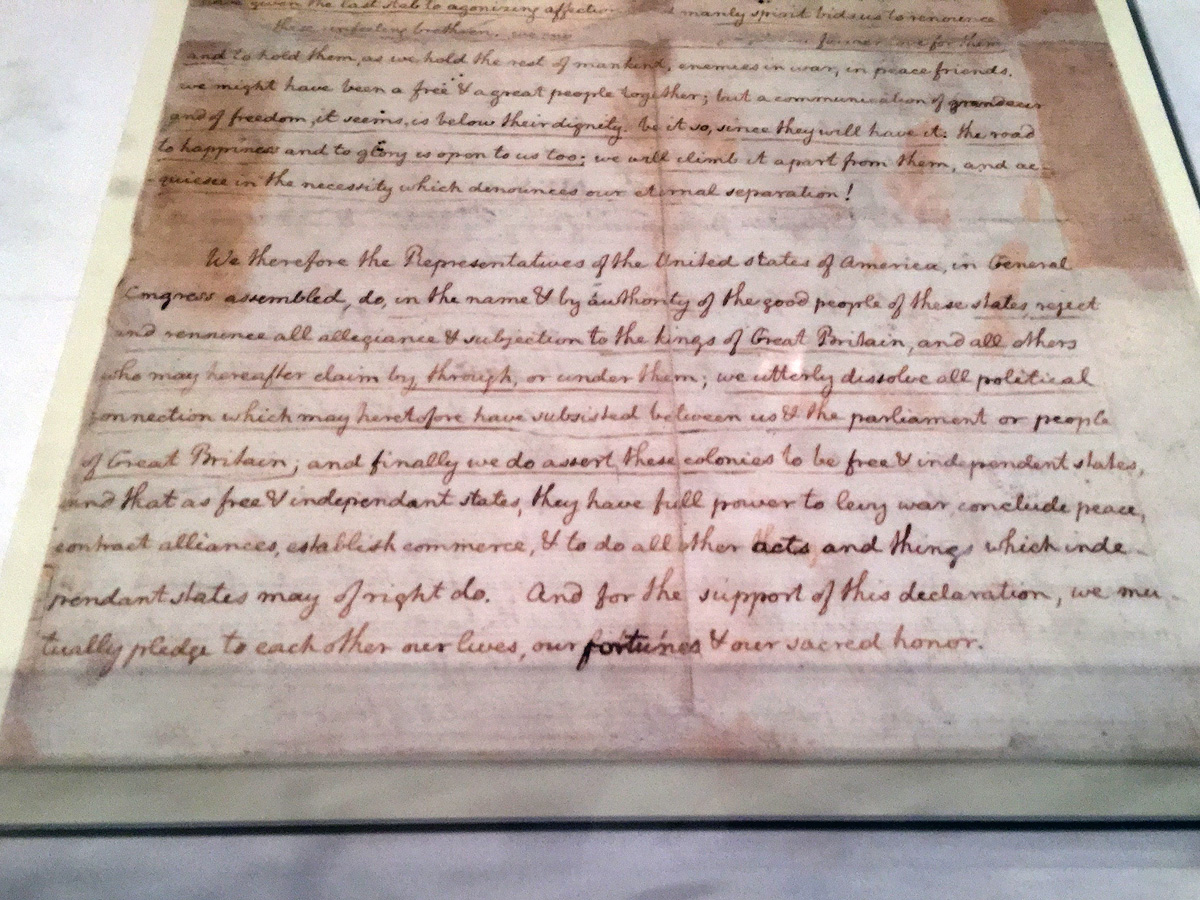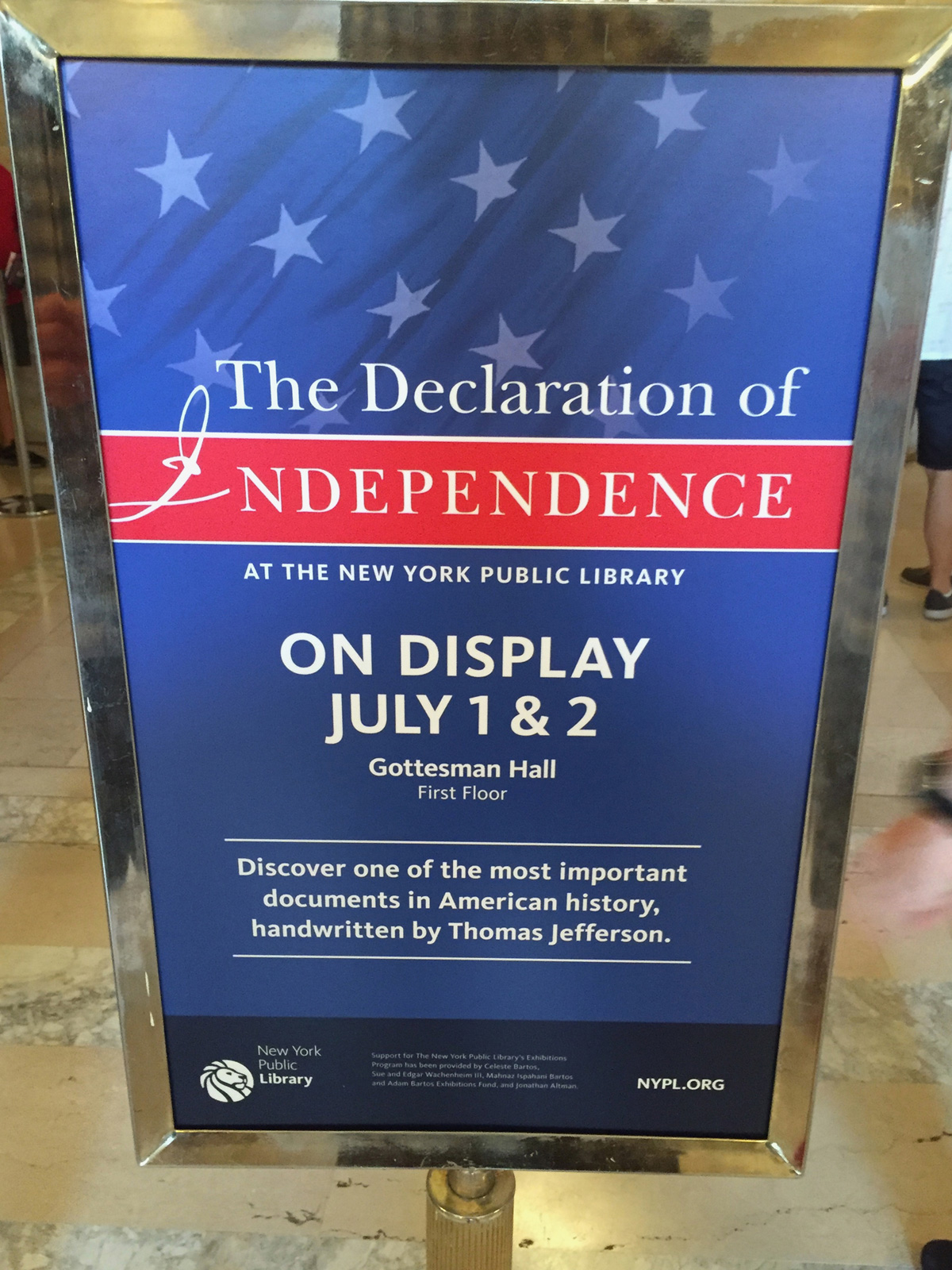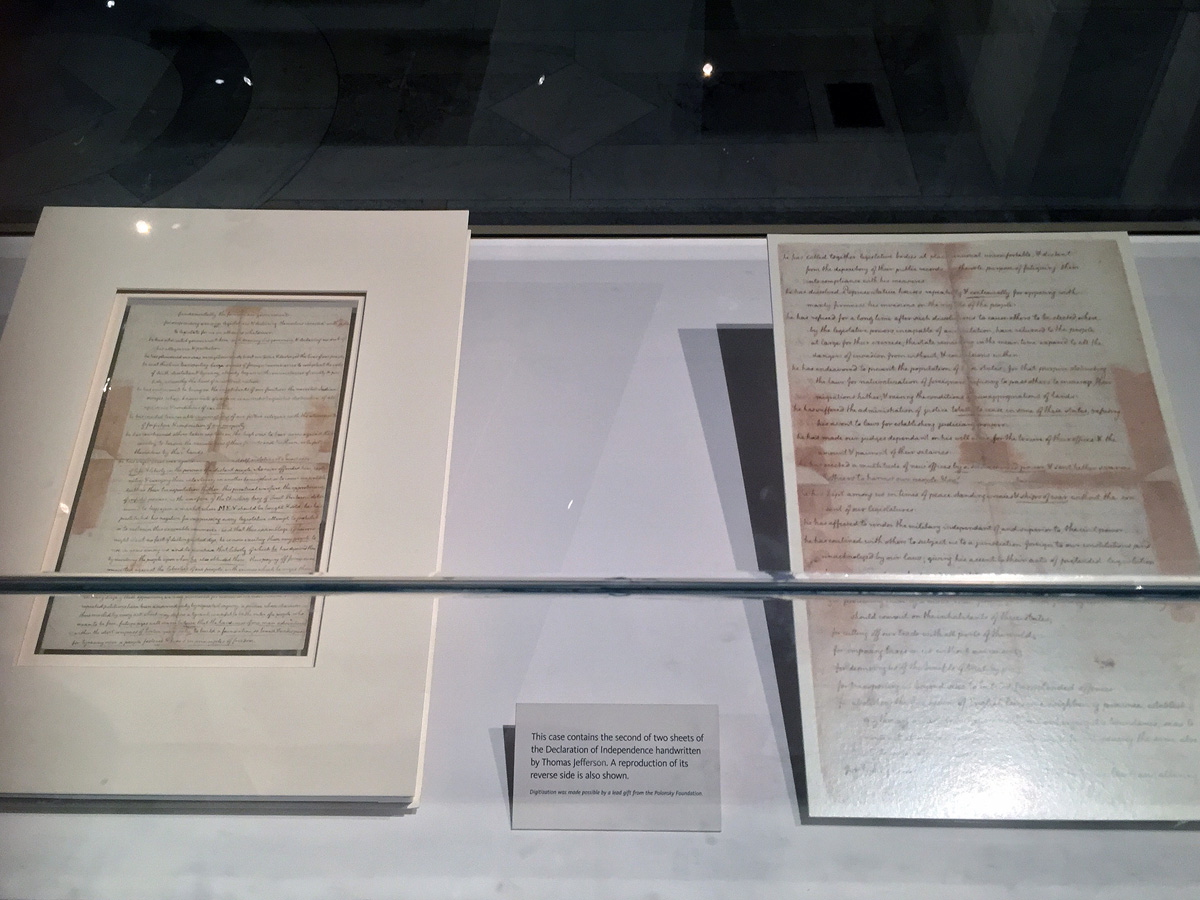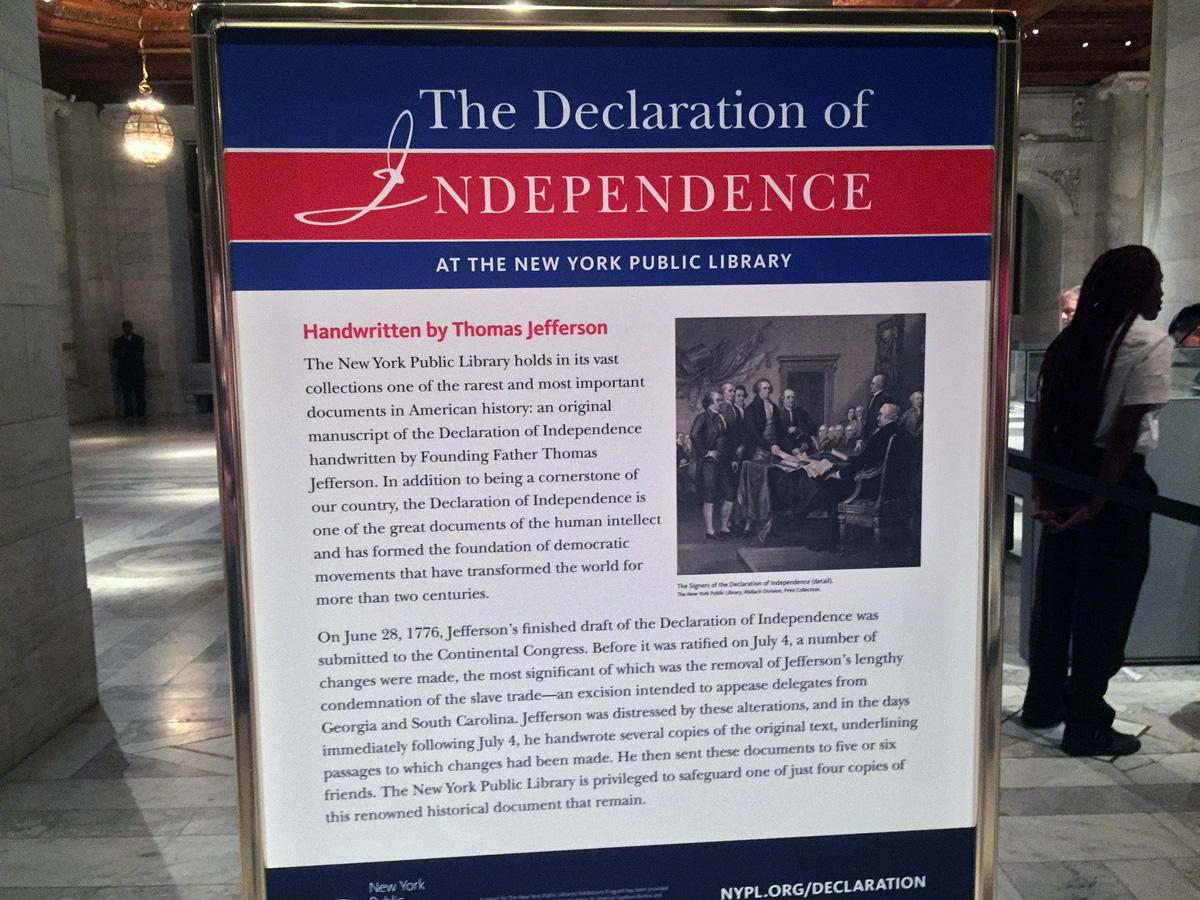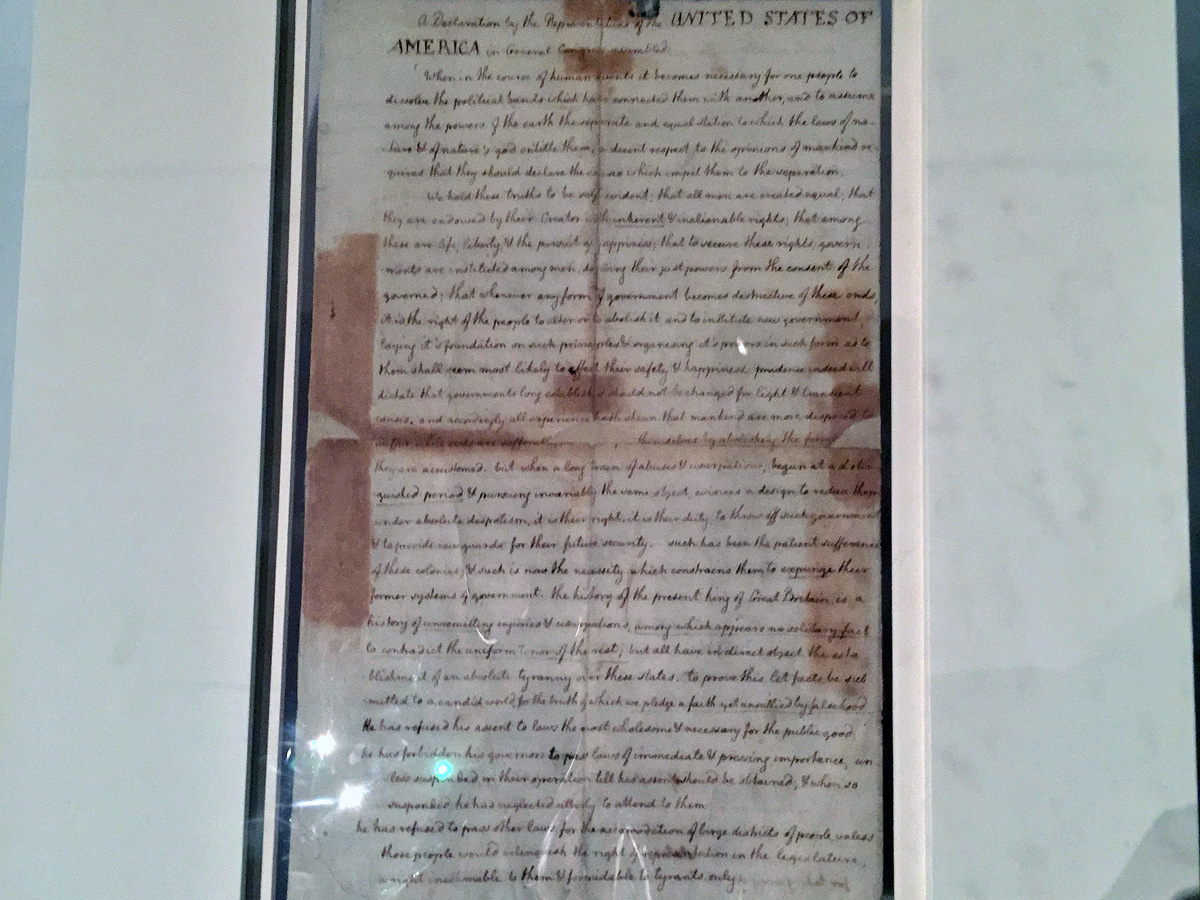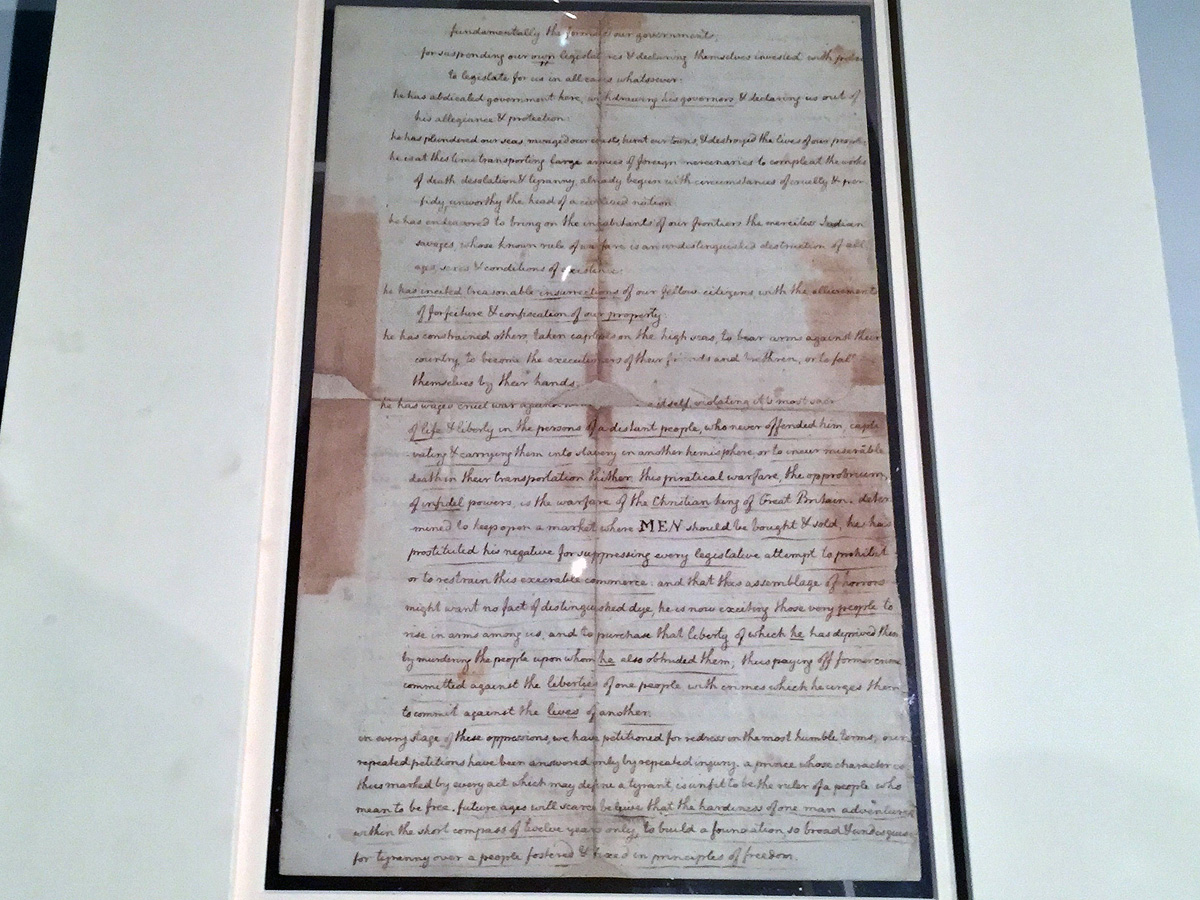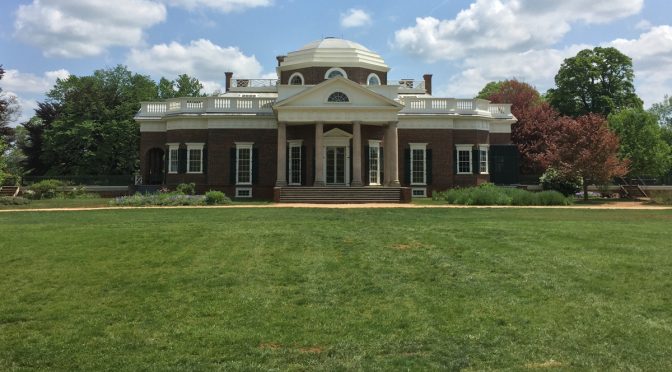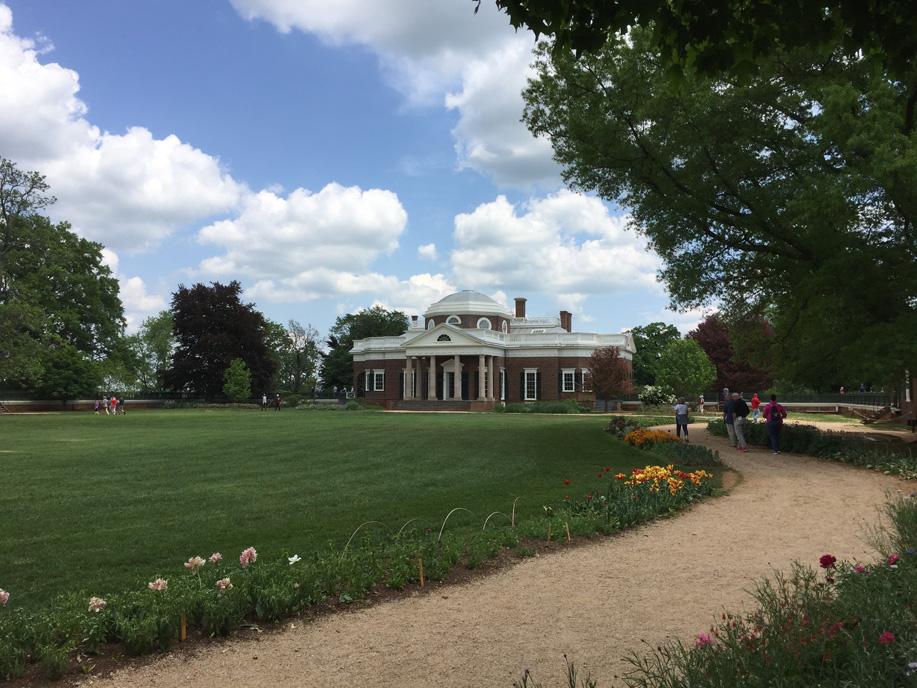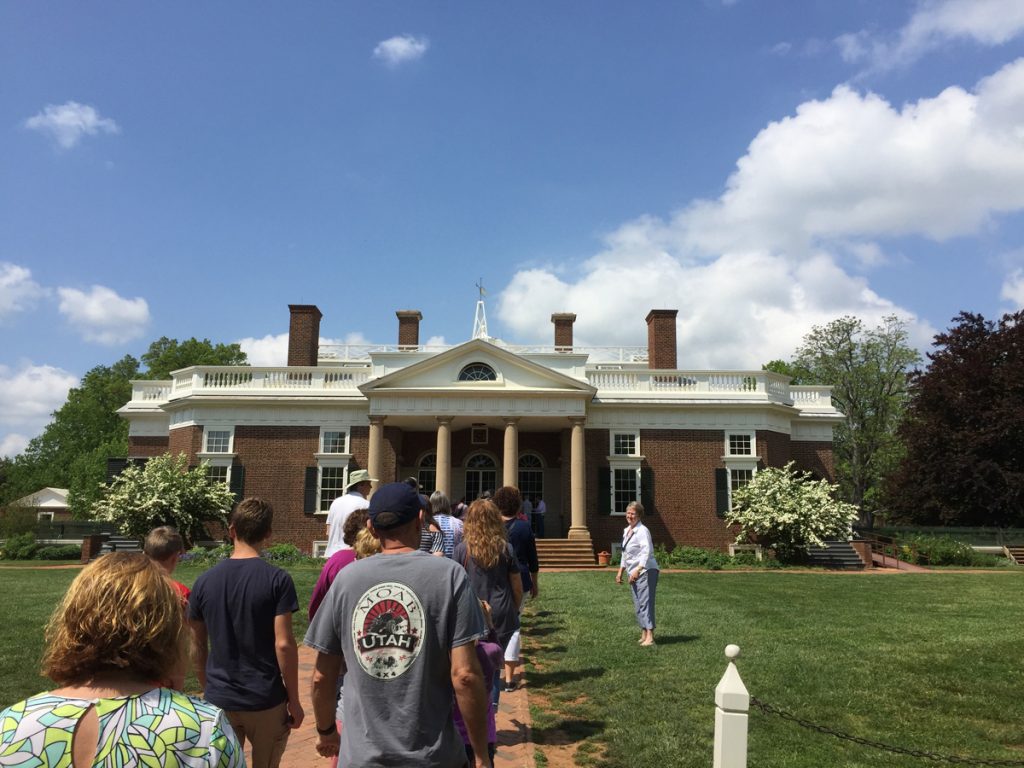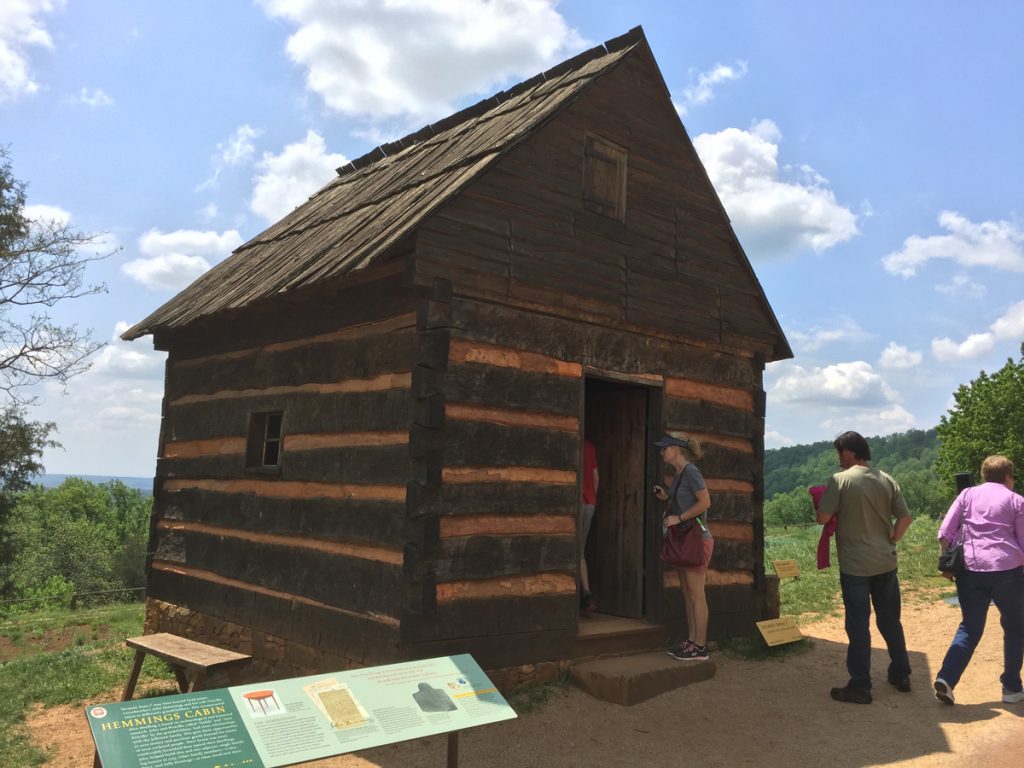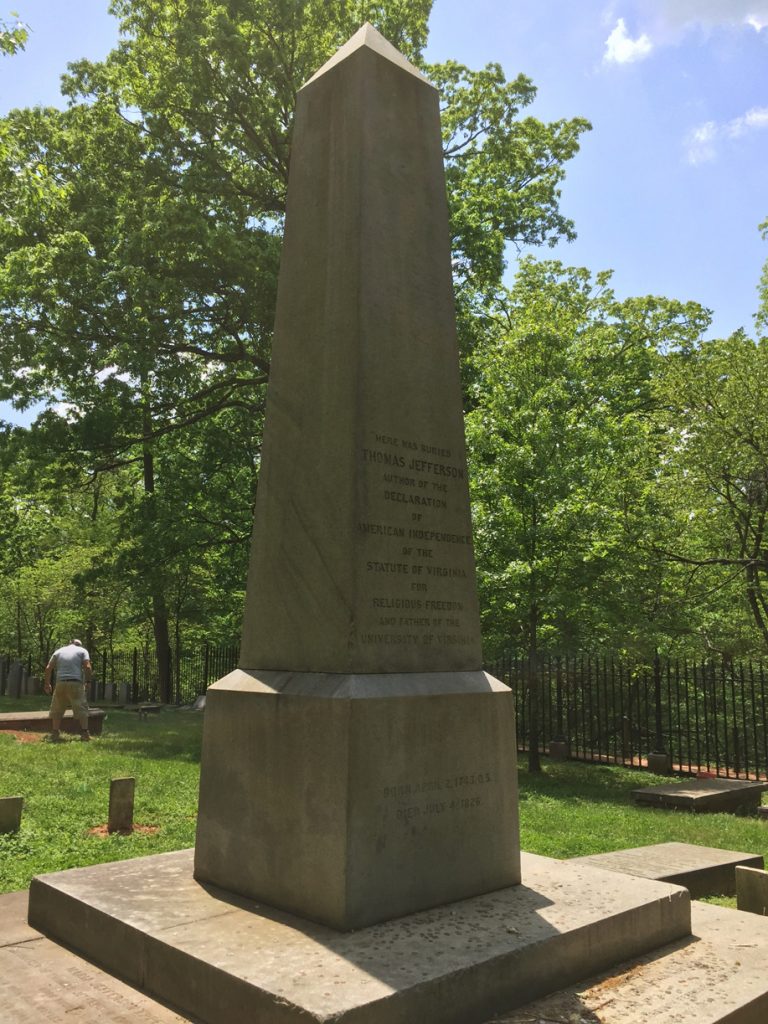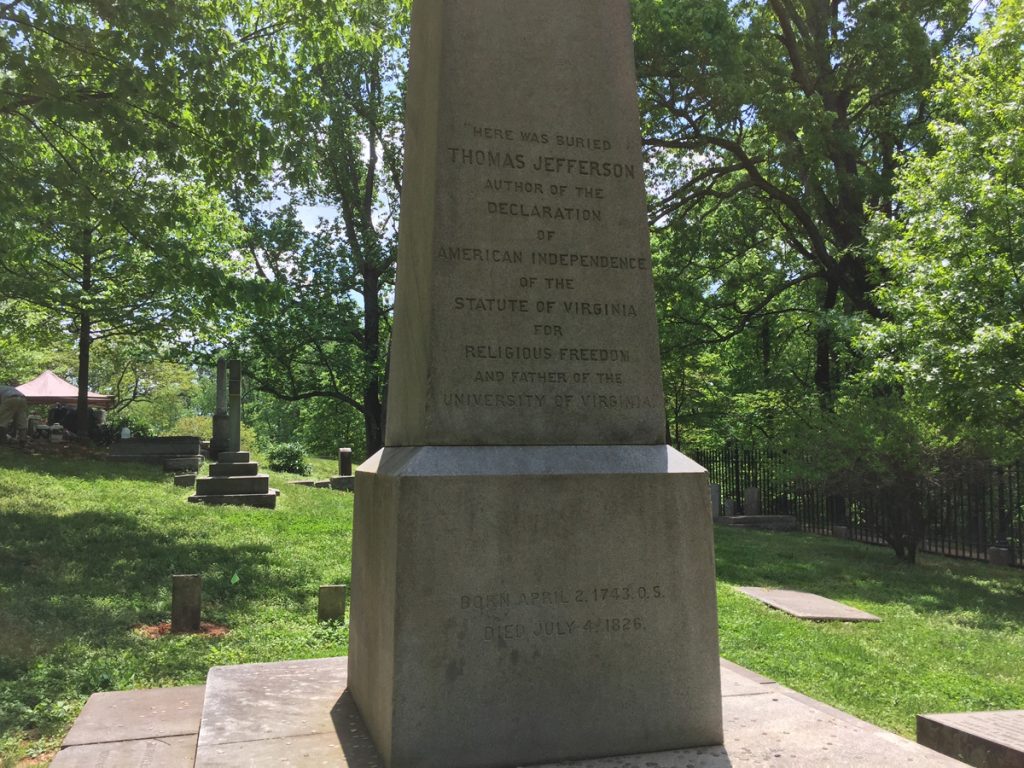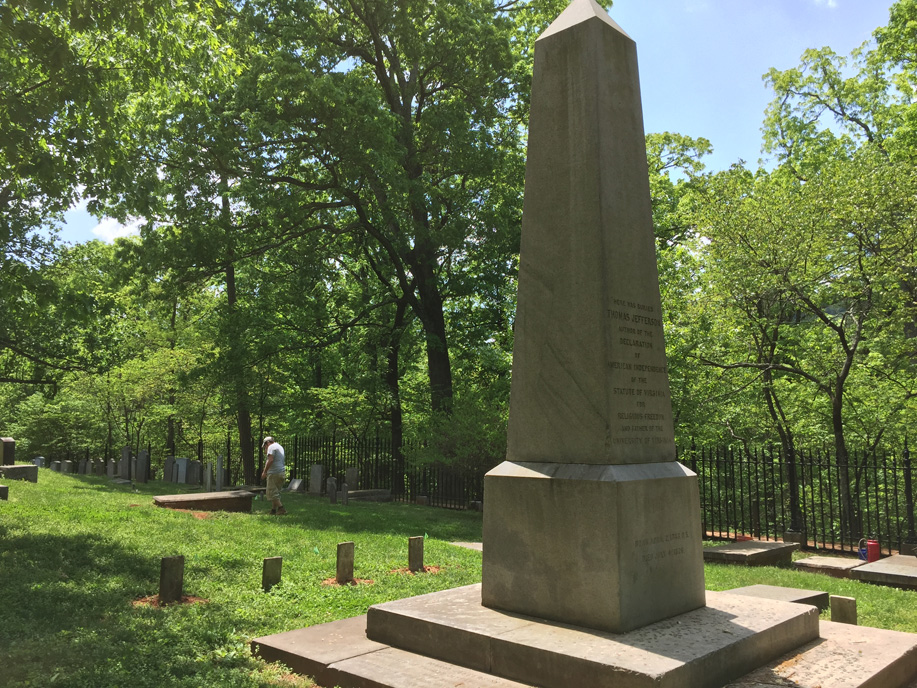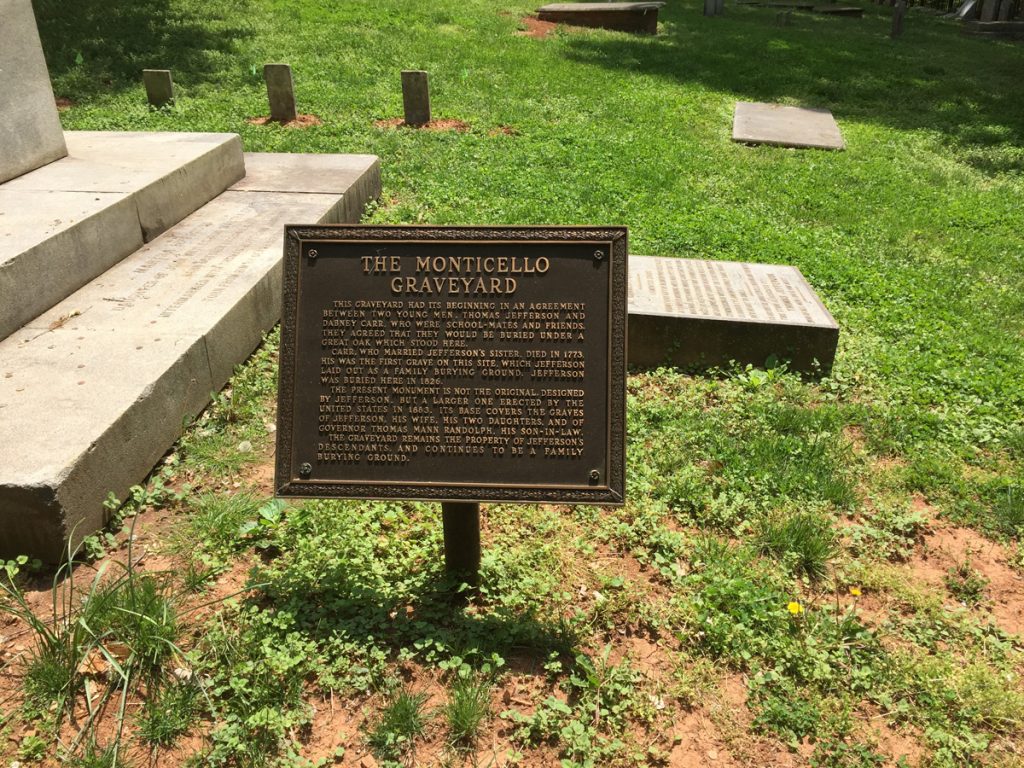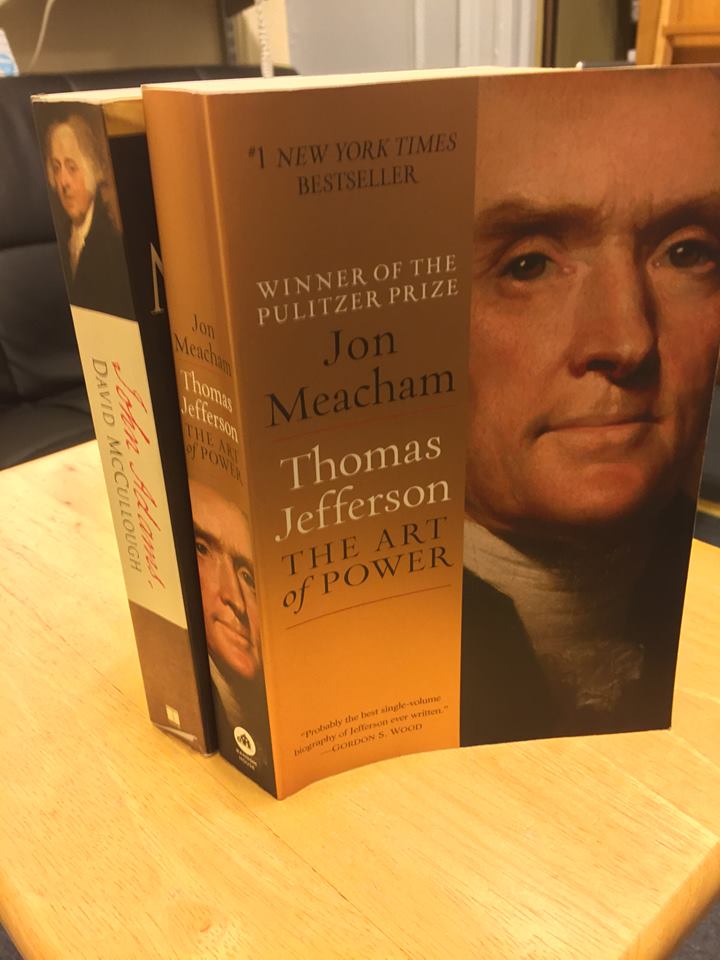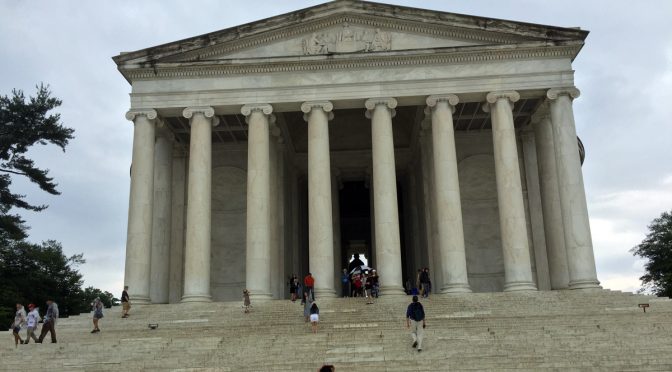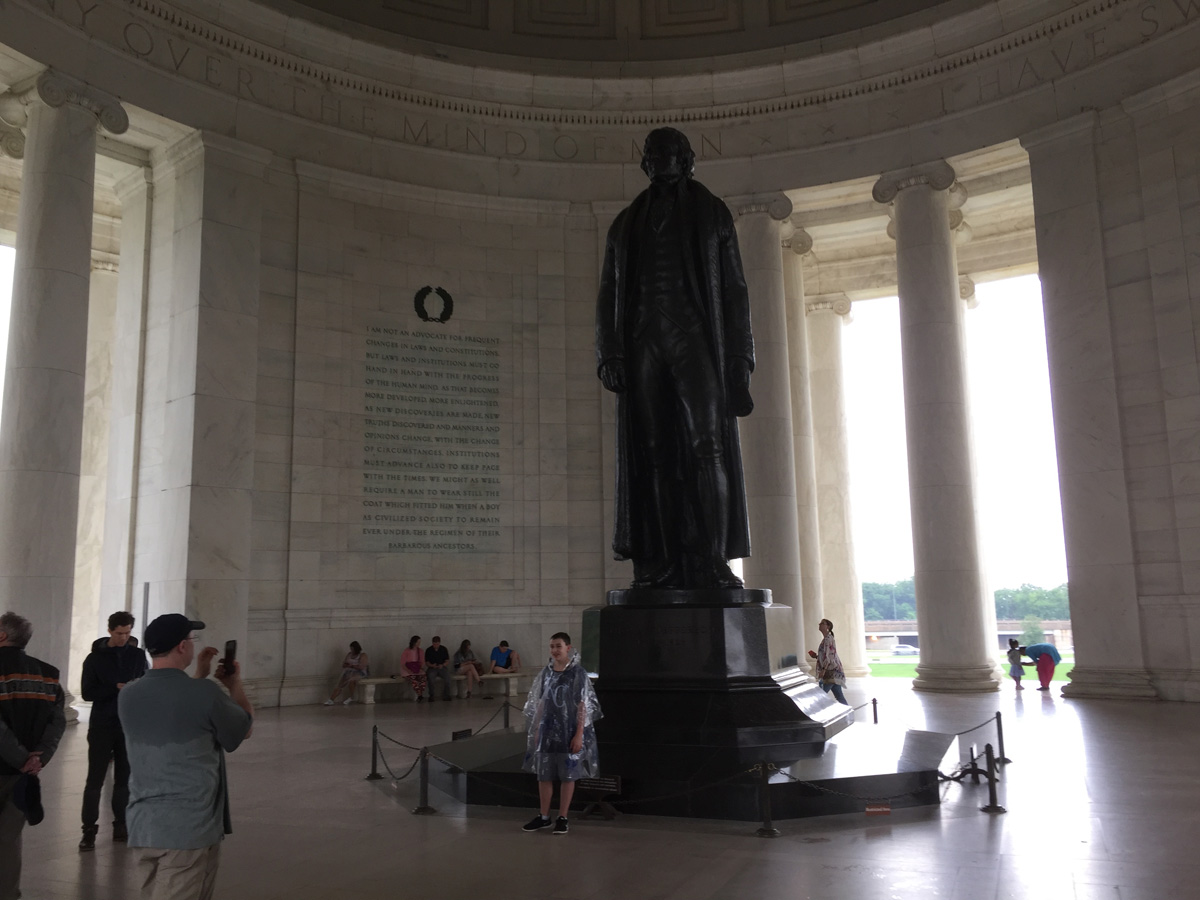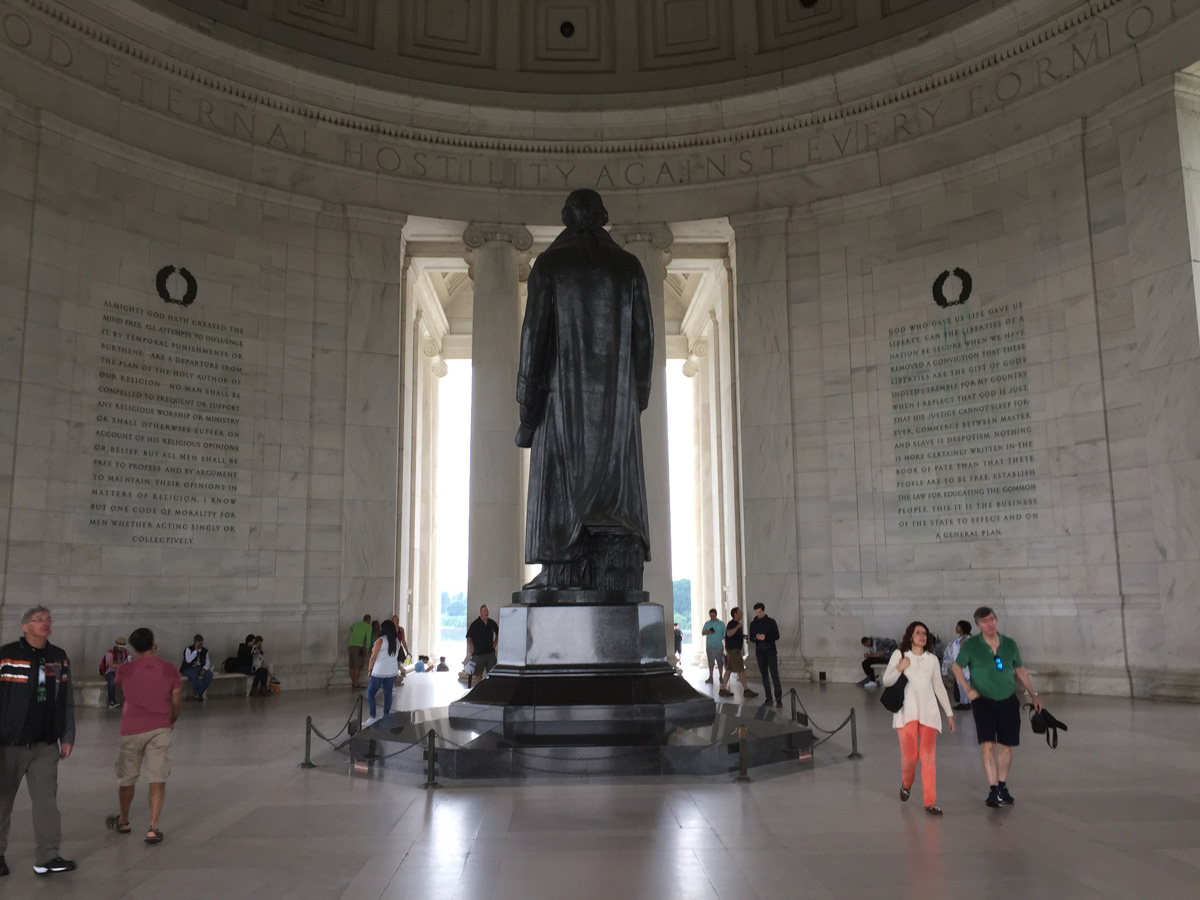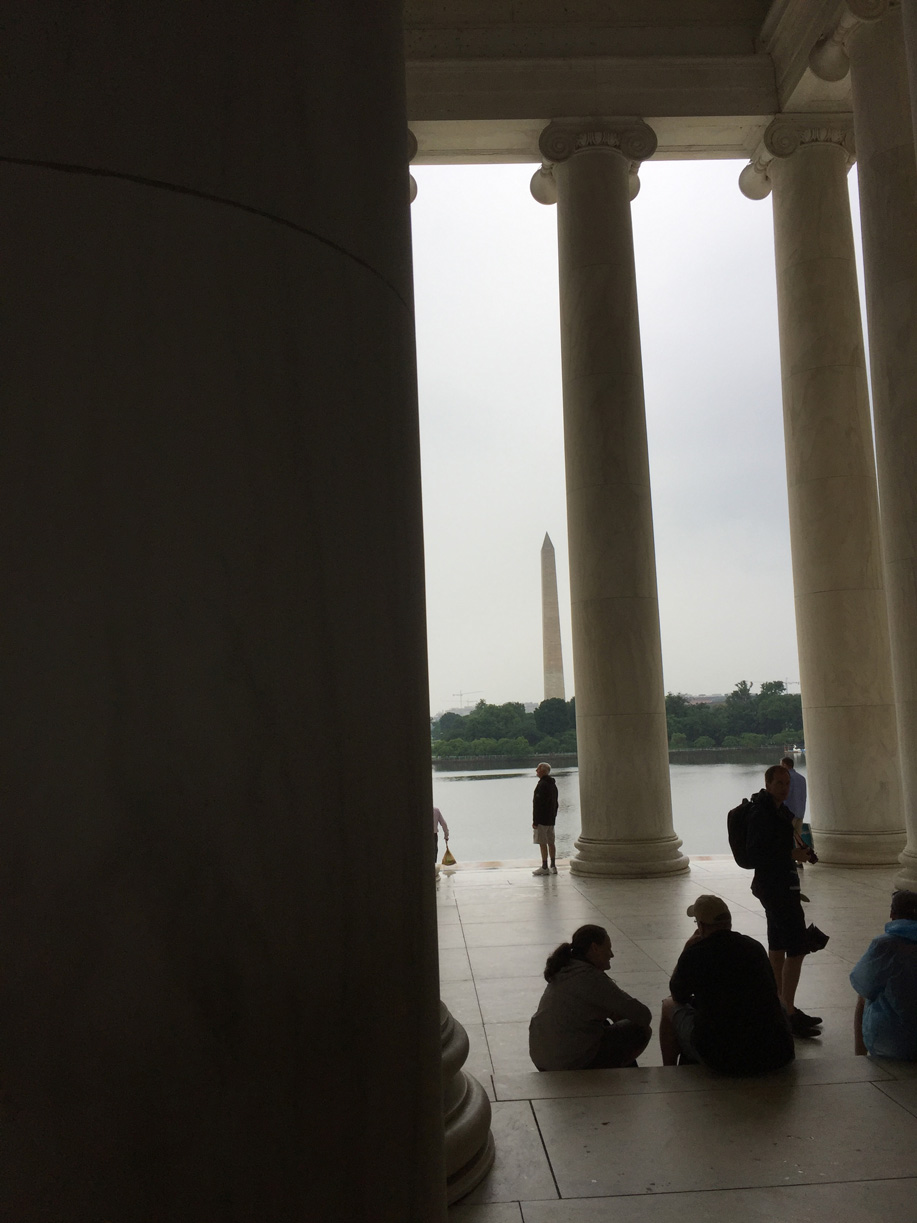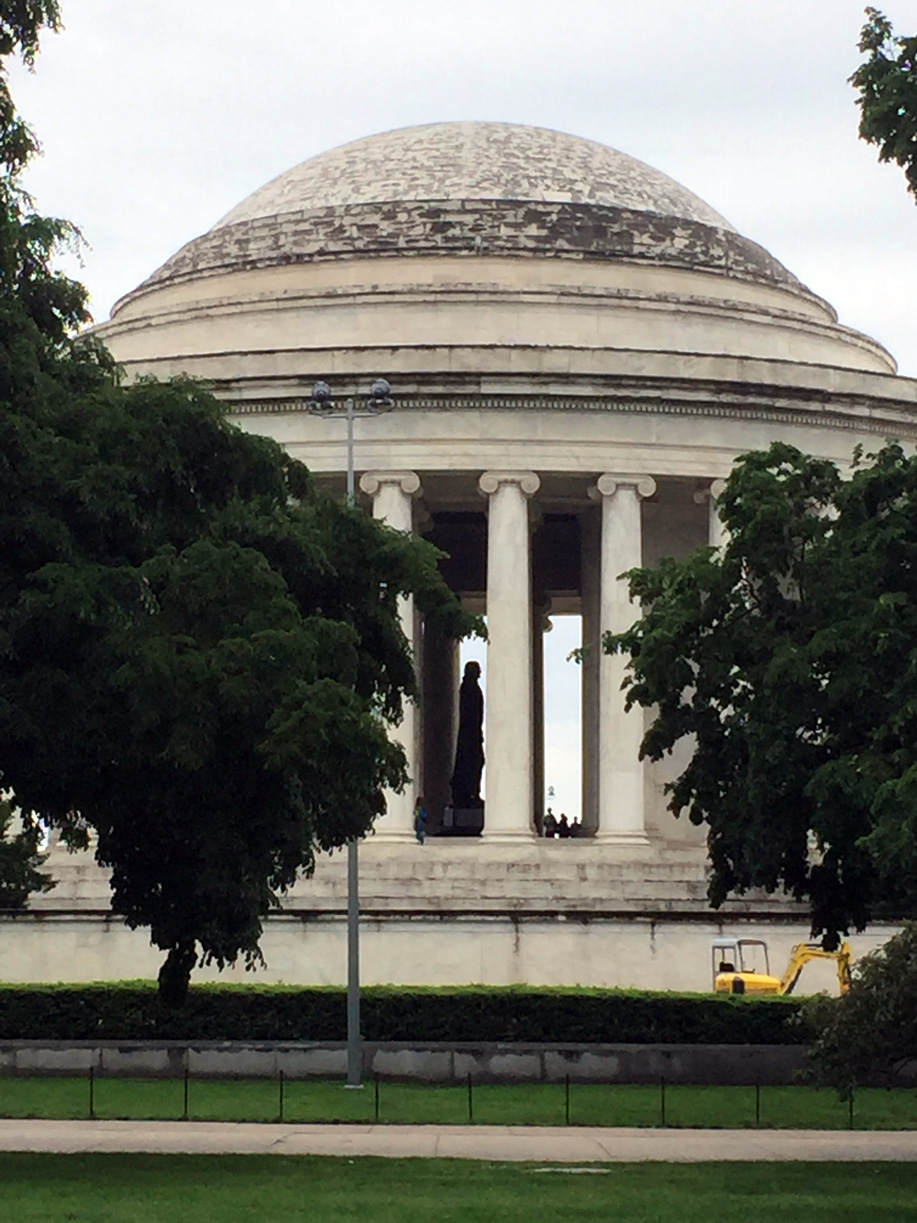This is a difficult story to comprehend, but research by Annette Gordon-Reed and many others in recent decades has it well documented. Thomas Jefferson fathered SEVEN children with Sally Hemings. Three of the seven died in infancy, but the others lived to adulthood and some of them had descendants of their own, many of whom are alive today. Sally Hemings was one of hundreds of human beings enslaved in Virginia by the author of the Declaration of Independence. Sally Hemings was the half-sister of Thomas Jefferson’s widow, Martha (Wayles) Jefferson, and she was therefore the aunt of Jefferson’s two white daughters and was roughly their same age. The four of them plus Sally’s enslaved brother James Hemings lived together for several years in Paris after the Revolutionary War, while Jefferson was serving as an ambassador. When Jefferson was recalled to New York City to serve as Secretary of State in President Washington’s cabinet, they traveled back together by ship, while Sally Hemings was pregnant.
Thomas Jefferson had married Martha Wayles, who was a young widow, in 1772. Upon their wedding Jefferson received a dowry that included a plantation and many slaves, including a whole family of Hemingses, including the matriarch, Elizabeth Hemings (Sally’s mother), who had 12 children of her own, including 10 fathered by John Wayles (Thomas Jefferson’s wife’s father)! All of this is quite difficult to keep track of, and thankfully the author of “The Hemingses of Monticello” has included a family tree.
Martha died in 1782, three years before Jefferson went to Paris. This book covers not only Jefferson’s years in Paris, but also his time in New York, Philadelphia, Washington, D.C., and ultimately his retirement to Monticello. When Jefferson died on the fourth of July in 1826, he was deeply in debt, and most of the enslaved were auctioned off right on the front lawn of Jefferson’s mansion.
As I mentioned, it’s hard to get my mind around all of this. I imagine it might even have been difficult for people in the early 19th century to fathom, as well. It’s not surprising that for the better part of 200 years, few people believed the story of Thomas Jefferson and Sally Hemings. But this author, Annette Gordon-Reed, has the receipts. This is a well-researched book, full of modern-day insights. This is not a “let’s beat up on Thomas Jefferson because he owned slaves” book. Nor is it a “this is all OK because that’s just the way it was back then” book. The author puts the events she describes into context of the times, while at the same time offering a more up-to-date perspective. She explains a great deal, and at other times she offers plausible explanations for questions that may never be answered.
Thomas Jefferson is the author of our country’s founding document and its key phrase, that all men are created equal. Yet he was an active participant in an entrenched system based on white supremacy, exploitation, and unpaid forced labor. Four score and seven years later, our nation’s sixteenth President would invoke Jefferson’s words in an effort to bring our country back together during a war that was fought, yes, to end slavery once and for all. Our nation’s history is a complicated one. Those who founded our country were indeed heroes, but all heroes are flawed.
I’m so very glad to have had the opportunity to read this book. I learned so much, and I want to learn more. This is not just the story of Jefferson and Sally Hemings, rather it is the story of the entire Hemings family, spanning many generations.
This is an important book.



